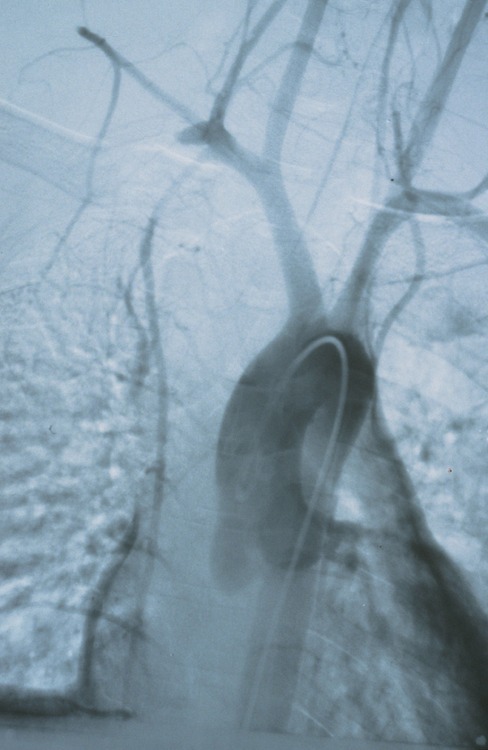In response to my post yesterday, Chris Nickson wrote:
“Is it possible there were physiologically young but chronologically old patients with isolated rib #s that were sent home from ED that were not included in the study?
I suspect that there are patients over 65 years old with isolated rib #s that can be safely discharged if follow up is bullet proof and pain well controlled.
However, I agree with your over riding message to not underestimate the elderly rib fracture!”
Very few authors do anything but stratify the elderly by age when they write research papers. They do not look at frailness, even though there are scoring systems to do just that. Plus, the retrospective nature of most of the literature (including this paper) preclude the use of such a scale.
Most of the elderly patients that we all see in the ED are selected out to be frail. The healthy ones stay at home and tough out a single rib fracture or even two. But the ones who are brought in are most likely having issues with pain or breathing, thus prompting the visit.
Bottom line: I agree that some elderly patients (the younger and healthier ones) could potentially be sent home from the ED with some pain medication. But the trauma professional needs to make sure that they are comfortable and can move about with well controlled discomfort. They also need good discharge instructions regarding returning to their primary physician or ED promptly if they start to have pain control or respiratory problems. If there is any doubt, bring them in to the hospital for a brief visit for pain control and pulmonary management.
Related post:

